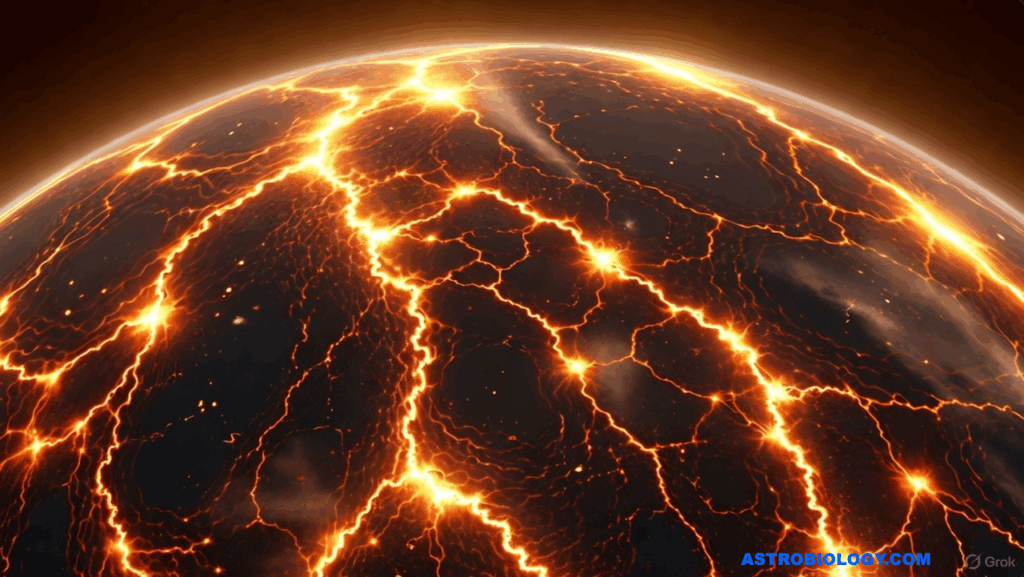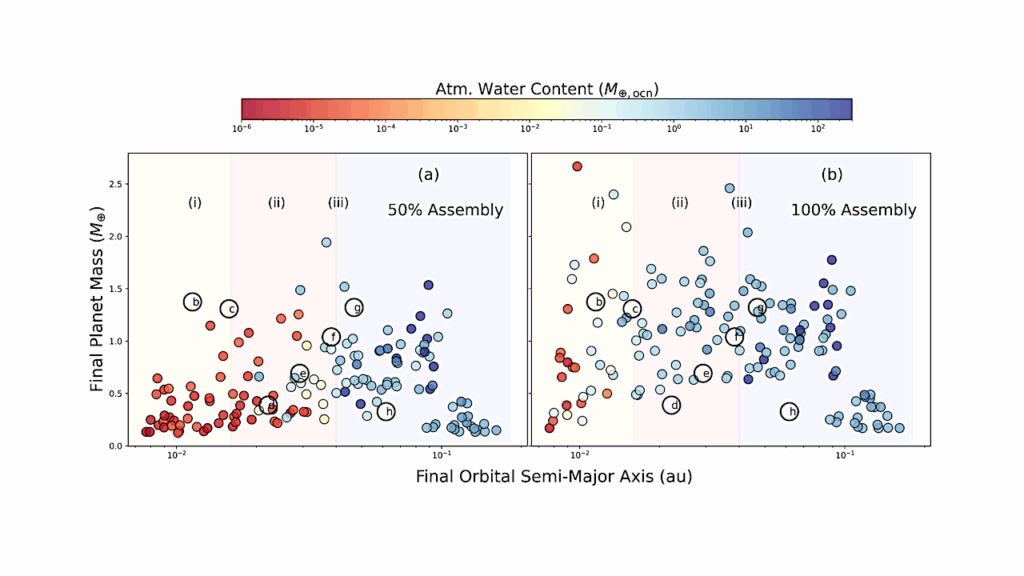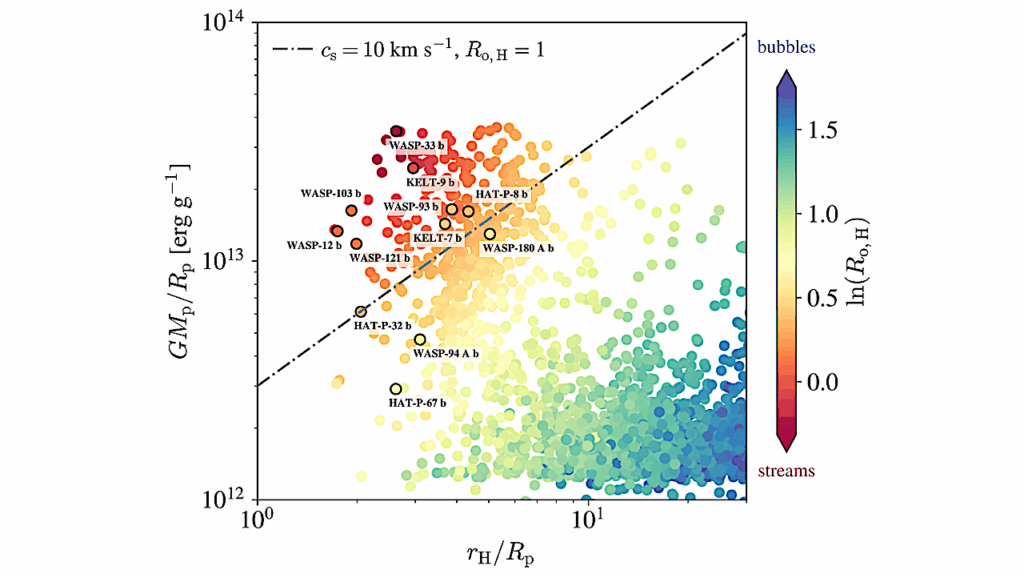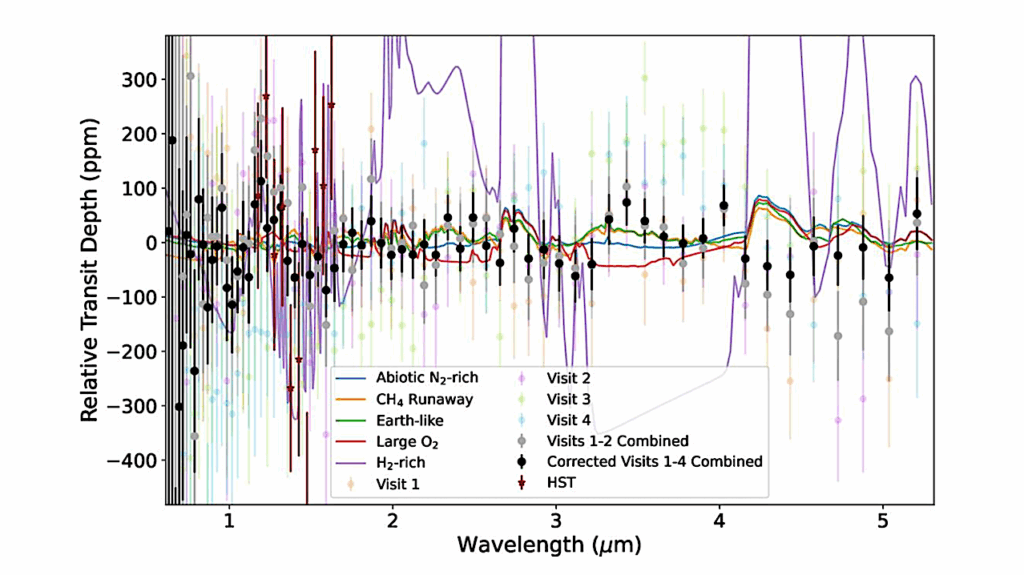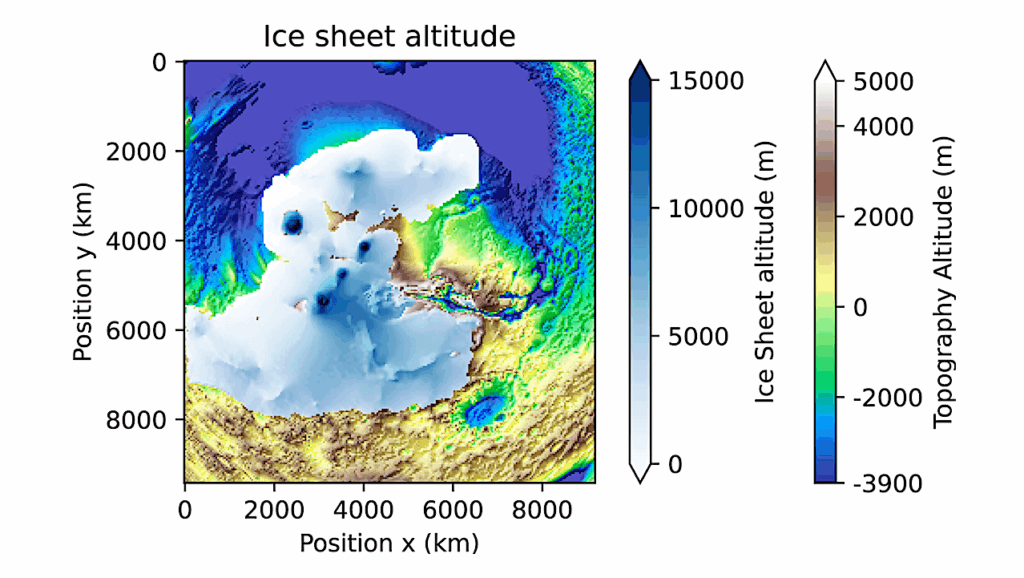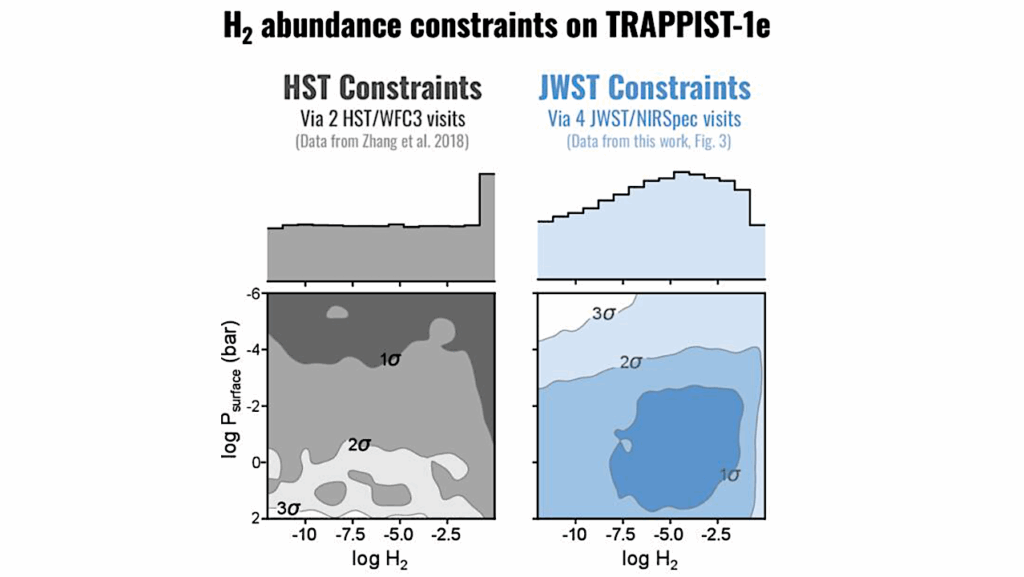Terraforming / Geoengineering: Clouds Dissipate Quickly During Solar Eclipses As The Land Surface Cools

Clouds affected by solar eclipses could influence the reflection of sunlight back into space and might change local precipitation patterns.
Satellite cloud retrievals have so far not taken into account the lunar shadow, hindering a reliable spaceborne assessment of the eclipse-induced cloud evolution. Here we use satellite cloud measurements during three solar eclipses between 2005 and 2016 that have been corrected for the partial lunar shadow together with large-eddy simulations to analyze the eclipse-induced cloud evolution. Our corrected data reveal that, over cooling land surfaces, shallow cumulus clouds start to disappear at very small solar obscurations.
Our simulations explain that the cloud response was delayed and was initiated at even smaller solar obscurations. We demonstrate that neglecting the disappearance of clouds during a solar eclipse could lead to a considerable overestimation of the eclipse-related reduction of net incoming solar radiation.
These findings should spur cloud model simulations of the direct consequences of sunlight-intercepting geoengineering proposals, for which our results serve as a unique benchmark.
Victor J. H. Trees, Stephan R. de Roode, Job I. Wiltink, Jan Fokke Meirink, Ping Wang, Piet Stammes, A. Pier Siebesma
Subjects: Atmospheric and Oceanic Physics (physics.ao-ph); Earth and Planetary Astrophysics (astro-ph.EP); Solar and Stellar Astrophysics (astro-ph.SR); Geophysics (physics.geo-ph)
Cite as: arXiv:2402.08510 [physics.ao-ph] (or arXiv:2402.08510v1 [physics.ao-ph] for this version)
Journal reference: Nature Communications Earth & Environment 5, 2024, 71
Related DOI:
https://doi.org/10.1038/s43247-024-01213-0
Focus to learn more
Submission history
From: Victor Trees
[v1] Tue, 13 Feb 2024 15:05:07 UTC (21,585 KB)
https://arxiv.org/abs/2402.08510
Astrobiology


